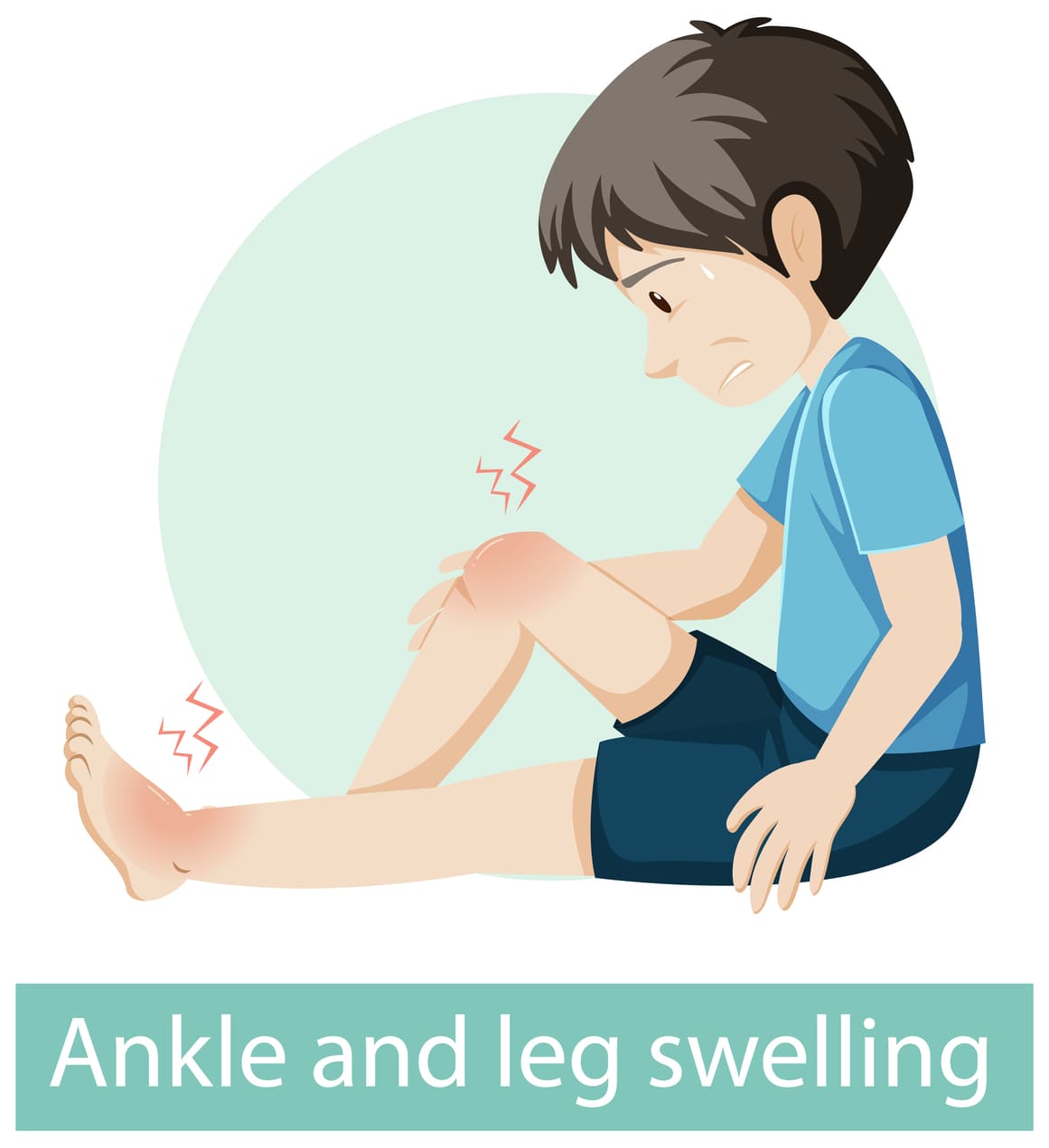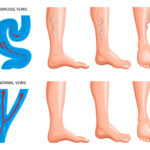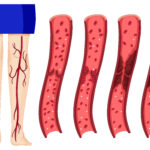Ah, summer! It is the season of sunshine, outdoor adventures, and long-awaited vacations. But as the temperature rises, so does the likelihood of an all-too-common issue: leg swelling.
You’re not alone if you’ve ever slipped off your sandals at the end of a hot day only to find your feet and ankles puffed up like balloons. Let’s explore why this happens and what you can do to keep your legs feeling light and comfortable, even in the sweltering heat.
Why Do Legs Swell in the Heat?
Leg swelling, or oedema, often occurs during hot weather due to a combination of factors. Dehydration, caused by insufficient fluid intake, prompts the body to retain water, accumulating fluid in the legs, feet, and ankles.
Decreased blood flow circulation, especially in a chair or standing in warm climates, breeds stationary fluids. Heat retards blood circulation in the veins because the dilation of blood vessels hampers blood return from the lower limbs. The key is to control these symptoms in hot weather, especially in those with related heart, kidney or liver problems.
Stay Cool and Hydrated
Drinking more water is good for reducing swelling. When your body is adequately hydrated, the extra salt is flushed out. Staying in shaded or air-conditioned areas and using cooling sprays are also important.
Mind Your Salt Intake
Certain foods, significantly high in sodium, like chips, processed foods, and certain sauces, can worsen your swelling by retaining your body water. Controlling your diet will also help; opt for fresh fruits and vegetables and lower-sodium alternatives.
Choose the Right Footwear
Wear comfortable, breathable shoes with the proper support to relieve pressure on your feet. Don’t wear tight or restrictive shoes, particularly in the heat, as this will restrict circulation.
Move and Elevate
If you’re sitting or standing for long periods, take regular breaks to stretch and move around. Elevate your legs above heart level when you can promote fluid drainage and reduce swelling.
Incorporate Magnesium into Your Routine
Magnesium can also help prevent swelling and regulate hydration. If you’re prone to leg swelling, talk to your doctor about adding a magnesium supplement to your diet.
Remedies for Swollen Legs
Several simple remedies can help prevent leg swelling when it does occur. Cold compresses or ice packs are applied to the affected areas to constrict blood vessels and decrease inflammation.
The foot bath, assisted with Epsom salt, offers a pleasant experience. It reduces inflammation and helps to relieve fatigued muscles. It can also help encourage blood and lymph flow and reduce the size, tenderness, and swelling of the affected limbs.
Mixing a few drops of lavender or peppermint with a carrier oil has anti-inflammatory effects. Horse chestnut extracts in gel or capsule form are also used to inflame the blood vessels and strengthen circulation.
When to Seek Medical Advice
Although leg swelling is normal and can be ignored in many cases, there are instances when you should consult a doctor. In more severe cases, which may indicate a blood clot or an infection, there is severe pain, redness, and warmth in the swollen area, which home remedies may not resolve.
A Step Towards Health
Vascular Health LLC is committed to helping you maintain healthy circulation and Comfort, no matter the season. If you’re dealing with persistent leg swelling or have concerns about your vascular health, our team of experts is here to support you with advanced treatments




